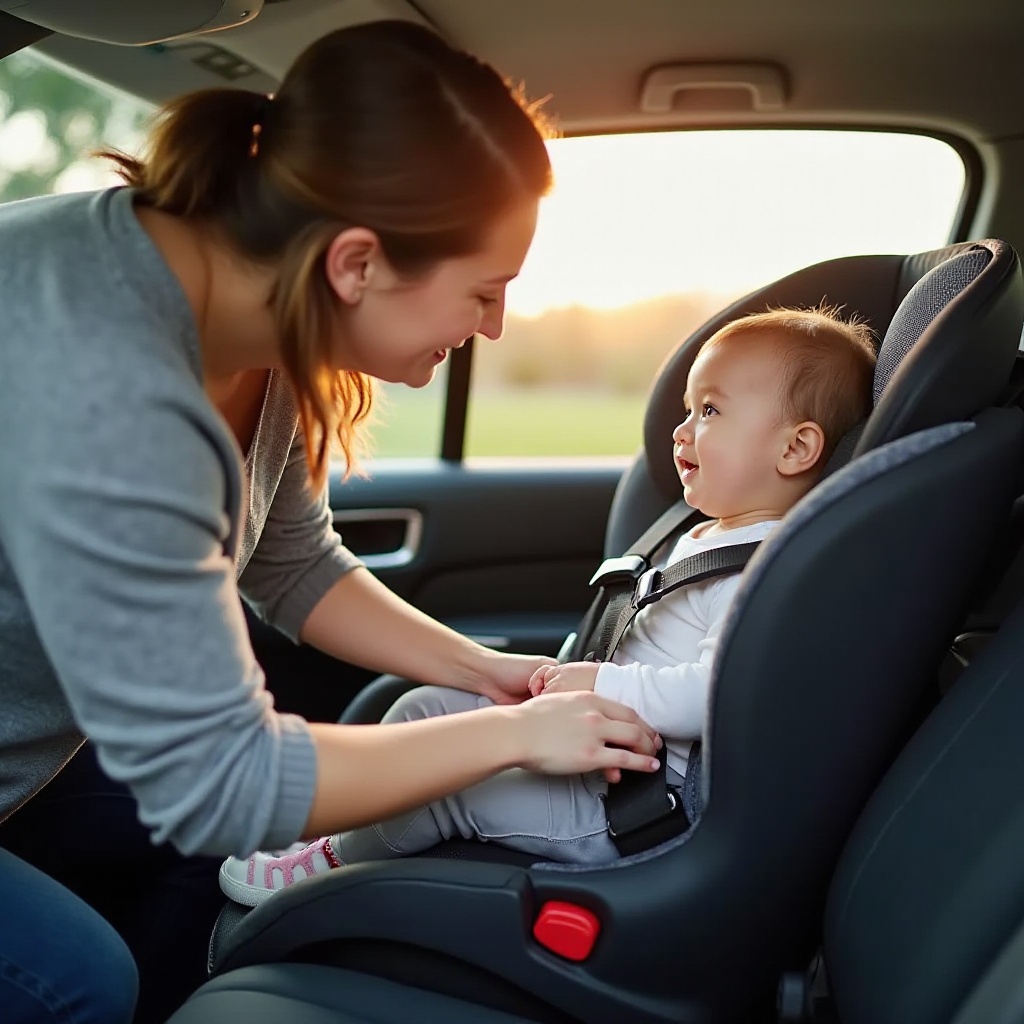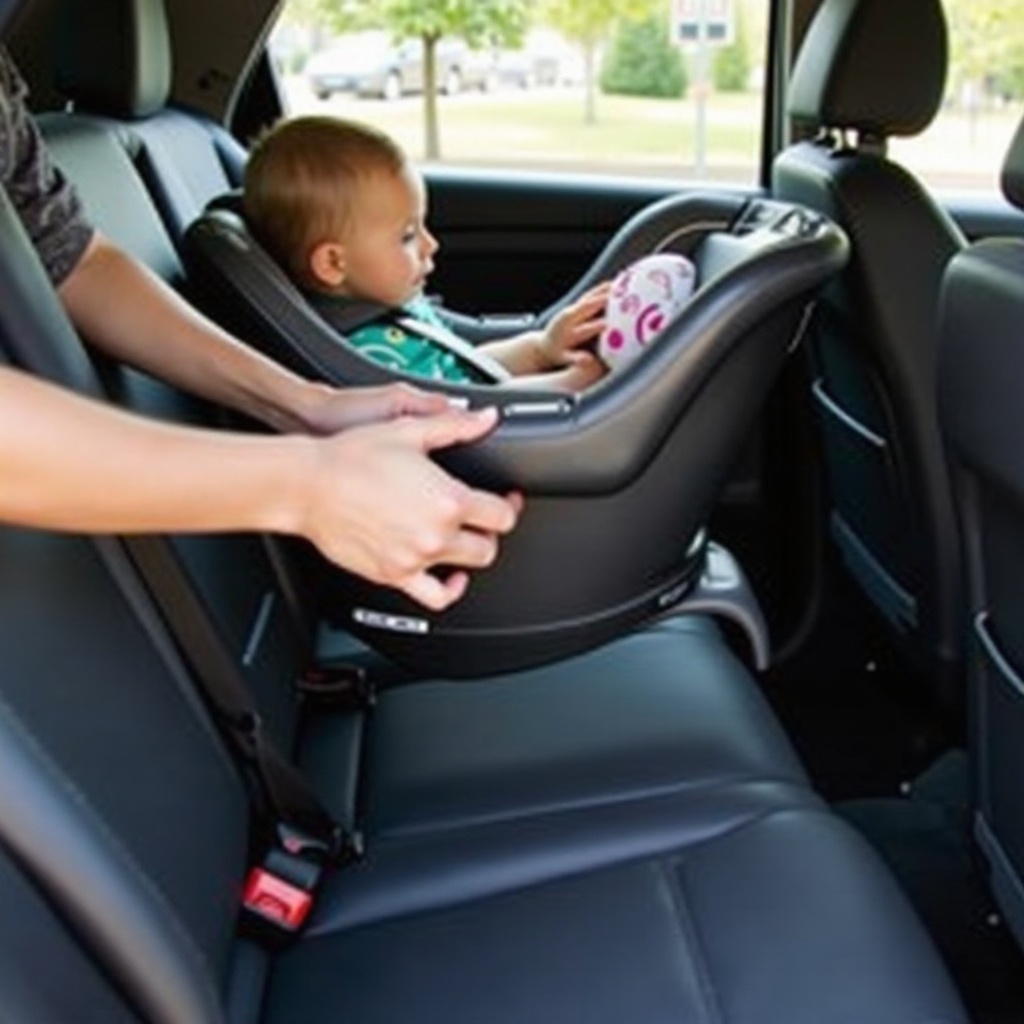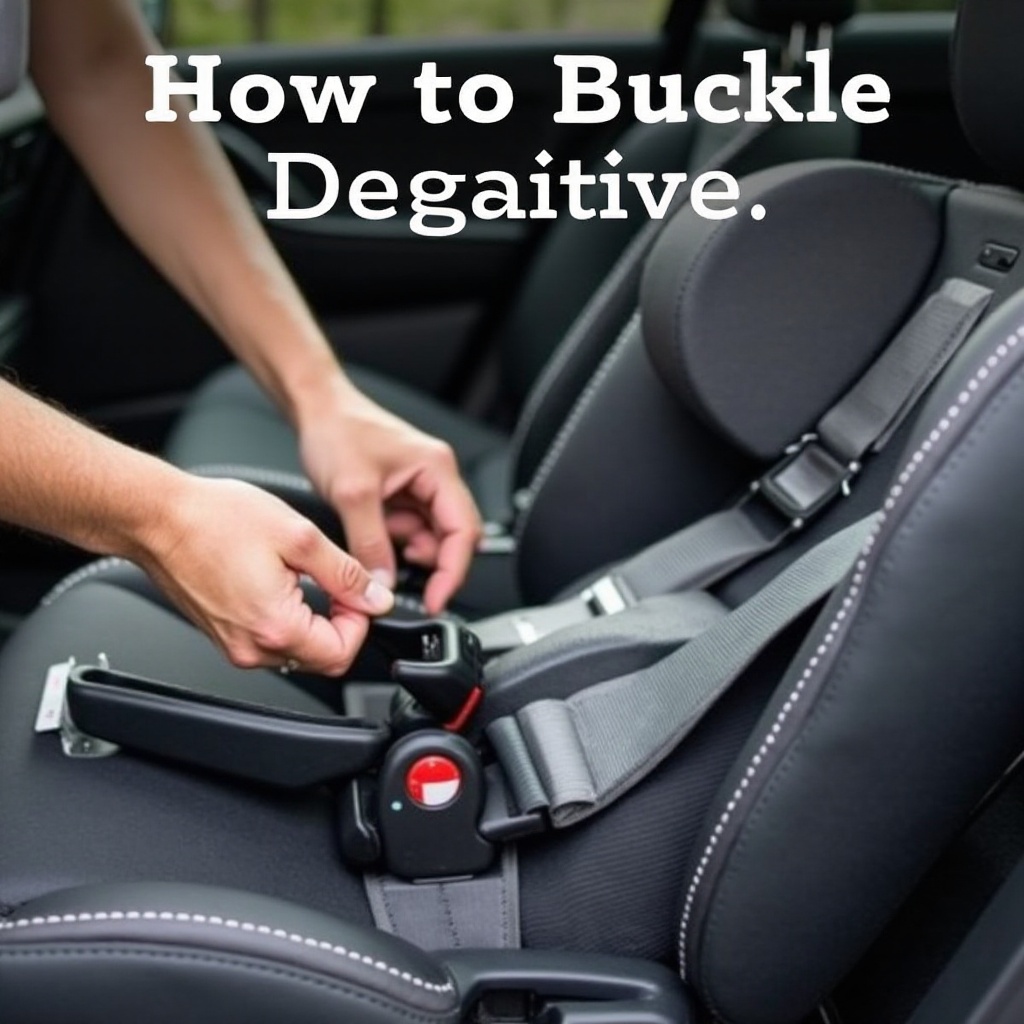Introduction
Properly buckling an infant car seat is an essential skill for every parent. It ensures your child’s safety during every car journey. With various parts and methods, the process might seem daunting, but rest assured, it’s manageable with guidance. This detailed guide will assist you in selecting the correct seat, adequately preparing your vehicle, executing the correct installation, and securely buckling your infant. At the conclusion of this article, you will be well-prepared to provide safety and comfort for your precious little one.

Understanding Infant Car Seat Basics
Familiarizing yourself with the basics of an infant car seat is the first step to security. Infant car seats feature several components, including a base, harness, chest clip, and seatbelt paths, each serving its protective function. Ensuring your infant fits snugly and comfortably is crucial for both safety and peaceful rides.
- Key Components of an Infant Car Seat: Grasping the role each part plays helps ensure correct installation. The base anchors the seat, the harness holds your child in place, the chest clip keeps the harness straps secure, and the seatbelt or LATCH system fastens the seat to your vehicle.
- Importance of Correct Car Seat Type: Using the appropriate car seat is vital. Rear-facing seats are recommended for infants, as they provide superior protection in frontal impacts, which are the most common type of accidents.
With a clear understanding of the car seat and its components, we can move on to preparing your vehicle for a safe installation.
Preparing Your Vehicle for Installation
Ensuring your vehicle is ready is crucial before installing an infant car seat. The placement and adjustment of your vehicle seats can significantly affect the effectiveness of the car seat.
- Identifying the Best Spot in Your Vehicle: Positioning the car seat in the rear middle seat is preferred, as it’s typically the safest location in terms of protection from side impacts. However, your vehicle’s configuration and LATCH positions might dictate a different safe spot.
- Adjusting Vehicle Seatbelts Properly: If you’re using a seatbelt for installation, ensure it locks properly and holds the car seat securely. Adjusting your vehicle’s seat belts or LATCH straps will enable a tighter, safer fit.
With your vehicle prepped, you’re ready to install the car seat, so the next phase of this journey involves understanding the installation process in detail.

Methodical Installation Process
A correct installation holds the key to an infant car seat’s protective power. Many parents opt between using a vehicle’s seatbelt system or LATCH installation. Both methods should follow specific guidelines for maximum safety.
- Comparing LATCH System vs. Seatbelt Installation: Each system differs slightly. LATCH anchors are part of your car, providing a secure but less flexible attachment, while seatbelts may offer more versatility when threading through the seat correctly.
- Ensuring a Secure Fit: No Movement Test: After installation, jiggle the seat slightly — it should not shift more than an inch. Proper anchoring minimizes movement during sudden stops or emergencies.
With the foundations of a secure installation laid, the next step focuses on correctly buckling your infant into the seat.
Step-by-Step Buckling Guide
Following proper buckling practices ensures the harness system protects your child. By adhering to these steps, you create a protective cocoon for your infant.
- Correct Harness Positioning Techniques: The harness straps should align at or below your infant’s shoulders, resting snugly against the body without excessive slack.
- Proper Use of Clips and Buckles: Secure the chest clip at armpit level, and make sure the crotch buckle holds firm. This position prevents the straps from sliding off your child’s shoulders.
- Identifying and Avoiding Common Mistakes: Take care to place the clips correctly and ensure straps are not twisted. Avoid clothing or blankets that hinder a snug fit.
As your child is now safely buckled, periodically checking the setup ensures ongoing safety and comfort during travel.

Performing Final Safety Checks
To guarantee lifelong safety, conduct final checks after your initial installation and buckling.
- Verifying Seat Angle and Recline: The seat angle must follow your specific car seat manufacturer’s guidelines. For newborns, seats often have level indicators.
- Importance of Routine Inspection: Continually verify the security of your car seat before each journey. Adjust the harnesses as your baby grows, and regularly inspect the car seat for wear or damage.
Routine checks ensure continuous safety and provide peace of mind. Following these steps, you are ready for the road.
Conclusion
Mastering the installation and buckling process of an infant car seat is exceptionally rewarding. This guide is your partner in perfecting these crucial skills to enhance your infant’s safety. By maintaining vigilance and pre-ride checks, you preserve a safe environment throughout their developmental car seat stages.
Frequently Asked Questions
How tight should the harness be when buckling?
The harness should fit snugly, allowing no pinching of strap fabric at your infant’s collarbone.
When should I transition my infant to a larger car seat?
Transition once your baby surpasses the seat’s weight/height limits, often around their first birthday, while still maintaining rear-facing positions.
Can I use a second-hand car seat?
It’s best to avoid second-hand seats unless you are certain of their history and verify they haven’t been involved in accidents. Always check for expiry dates and recalls.
